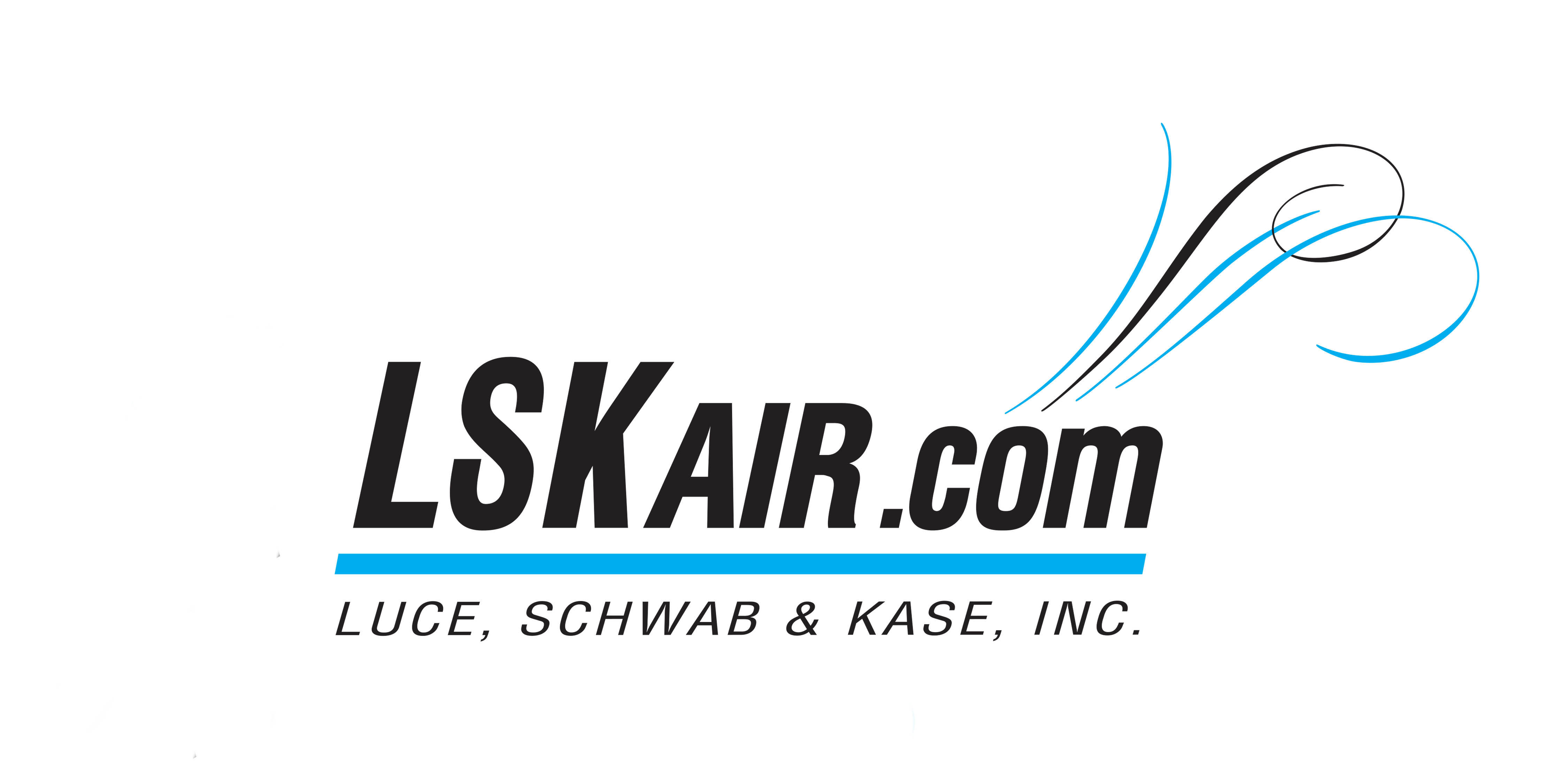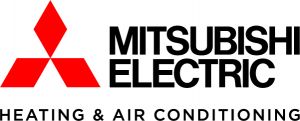What is it?
The Inflation Reduction Act of 2022 (IRA) is the largest ever climate investment by the Federal Government in American history, projected to reduce greenhouse gas (GHG) by 31% to 44% below the 2005 levels by 2030. The IRA will also bring energy bill relief to U.S. households by incentivizing the adoption of more efficient, all-electric appliances. Importantly, the IRA recognizes the key role of highly efficient, variable-capacity heat pumps in slashing domestic GHG emissions and lowering energy costs for Americans.
How can you benefit?
High Efficiency Electric Home Rebate Program (HEEHRP)
- Allocates $4.5 billion in grants to states and tribal governments for home energy improvement projects including point-of-sale heat pump rebates.
- 10-year program, administered through State Energy Offices, likely to start mid-2023.
- Parameters of state-administered programs may vary.
- Single-home maximum cost offset is $14,000
- Caps per qualified equipment type:
- $8,000 for a heat pump.
- $1,750 for a heat pump water heater.
- $1,600 for insulation, air sealing, and ventilation.
- $2,500 for electric wiring.
- $4,000 for an electric load center upgrade.
- $840 for a stove, cooktop, range, oven, or heat pump clothes dryer.
- Up to a $500 rebate is available for our contractors per heat pump installation.
- ENERGY STAR® will be the criteria to qualify heat pump systems.
- Designed to support low-to-moderate income (LMI) households.
- Example:
- Households making up to 80% of local median income are eligible to receive a 100% rebate of up to $8,000 on the cost of heat pump installation.
- Moderate-income households (making 80-150% of local median) are eligible for a 50% rebate up to the same limits.
- E.g., To claim up to the cap of $8,000, must spend $16,000 in heat pump installation.
- Households with incomes above 150% of local median are not eligible.
- Example:
- No stacking with other federal or state grants/rebates on same project. There are options for combining rebates. See possible scenarios below in the FAQ section.
HOMES Rebate Program
- Provides funding to DOE for state energy offices ($4.3 billion) to develop and implement a rebate program to homeowners and aggregators for whole-house energy saving retrofits.
- Based on modeled energy savings for single and multifamily.
- Rebate levels:
- Homes with energy reduction of 20% are eligible for maximum rebate of $2,000, or half the cost of the retrofit project (whichever is less).
- Homes with energy reduction of 35% are eligible for maximum rebate of $4,000.
- Homes with energy reduction of 35% and qualify as lower income (<80% of local median income) are eligible for maximum rebate of $8,000.
Energy Efficient Home Improvement (25C) Tax Credit
- A 10-year extension and expansion of existing 10% tax credit to 30%.
- Begins with tax year 2023 (January 1, 2023), claim credit on your 2023 taxes.
- Up to $600 per item: breaker panel, insulation, fossil fuel systems (meeting elevated efficiency limits) with maximum of $1,200 tax credit.
- However, tax credit increases up to $2,000 max when adding a qualified heat pump installation to the project.*
- The heat pump system must meet or exceed the highest performance tier set by the Consortium for Energy Efficiency (CEE).**
- Households may claim annually through 2032.
- You can receive a tax credit and a rebate for the same project.
*Interpretation of this provision varies across media channels. We’re actively pursuing a universally accepted interpretation.
**Efforts are underway to simplify the efficiency performance qualifications. Check back soon for update
List of Qualifying Mitsubishi Electric Heat Pumps:


